If you’re looking to add a truly unique and delicious twist to your home garden, white strawberries—also known as pineberries—are a must-try. These rare and intriguing berries look like strawberries but boast a beautiful white to pale pink color with red seeds and a delightful pineapple-like flavor.
Growing pineberries at home is not only rewarding but also a fun way to expand your gardening horizons with an eye-catching and tasty fruit. This comprehensive guide will walk you through everything you need to know about successfully growing white strawberries from start to harvest and beyond.
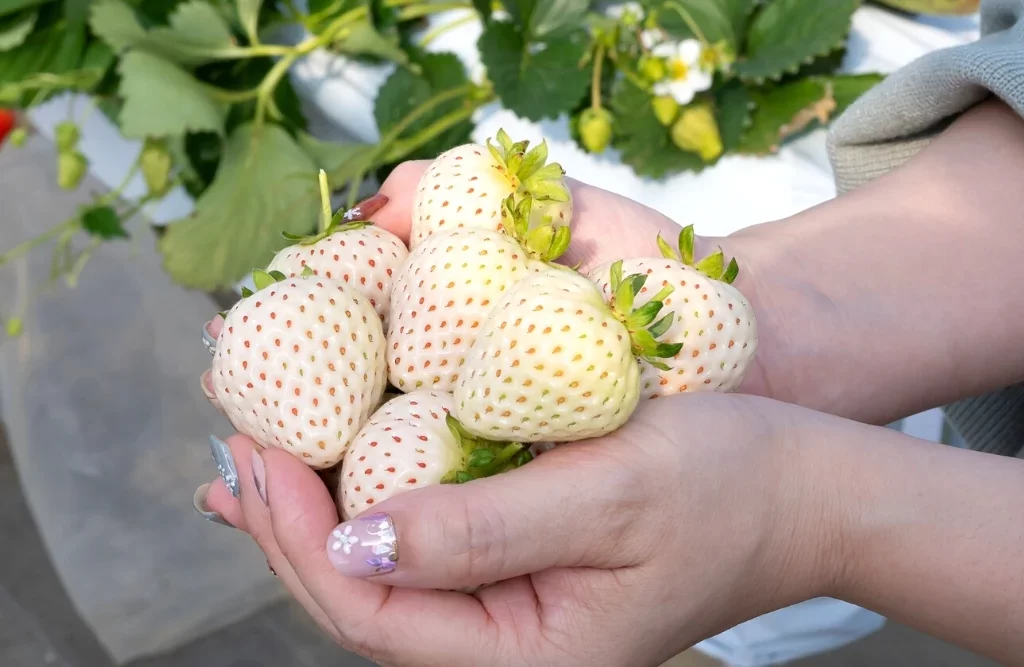
What Are White Strawberries (Pineberries)?
White strawberries, or pineberries, are a special variety of the strawberry family (Fragaria × ananassa) that originated in South America but have been cultivated and hybridized over the years to produce their unique characteristics.
Key Features:
- Color: Pale white to soft pink flesh with bright red seeds on the surface.
- Flavor: Sweet and tangy with a subtle pineapple aroma, hence the name “pineberry.”
- Size: Typically smaller than regular red strawberries.
- Growth Habit: Similar to traditional strawberries, producing runners and crowns.
Pineberries are prized for their novelty, attractive appearance, and their delicious, slightly tropical flavor that can elevate desserts, salads, or simply be enjoyed fresh.
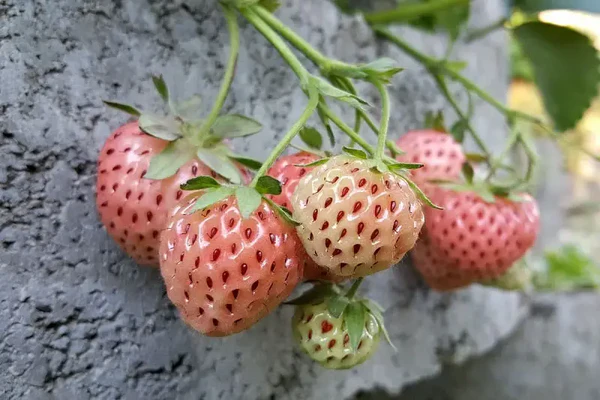
Why Grow White Strawberries at Home?
There are several great reasons to cultivate white strawberries in your garden:
- Unique Flavor and Appearance: Add a surprising and delightful twist to your fruit harvest.
- Ornamental Value: Their unusual color and delicate blooms make them attractive as decorative plants.
- Small Space Friendly: Ideal for container gardening, raised beds, or garden borders.
- Nutritional Benefits: Rich in vitamins, antioxidants, and fiber like other strawberries.
- Pollinator Friendly: Flowers attract bees and beneficial insects to your garden.
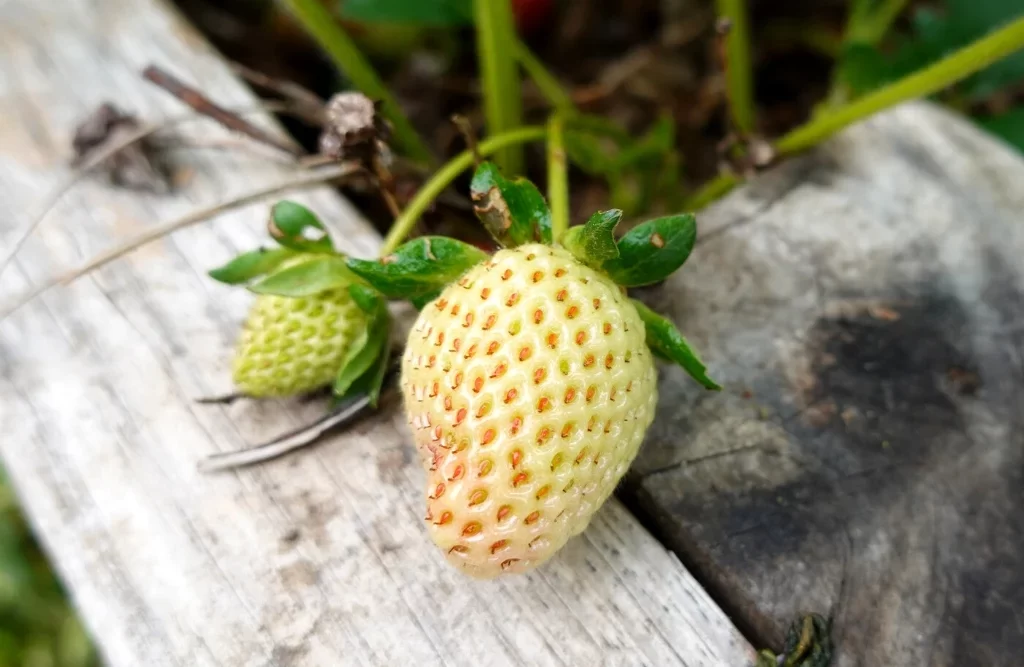
Choosing the Right Pineberry Variety
Before planting, it’s important to select the right variety for your region and preferences.
Popular pineberry varieties include:
- ‘White Carolina’: Known for high yield and good disease resistance.
- ‘Pineberry’: The classic variety with distinctive pineapple flavor.
- ‘Ananas’ Pineberry: A sweet variety with large, firm berries.
Buy certified disease-free plants or runners from reputable nurseries or online suppliers to ensure success.
How to Grow White Strawberries: Step-by-Step Guide
1. Selecting the Growing Site
White strawberries thrive in:
- Full sun: At least 6 to 8 hours of direct sunlight daily.
- Well-draining soil: They dislike soggy soil and root rot.
- Slightly acidic to neutral pH: Ideal soil pH is between 5.5 and 7.0.
If your garden soil is heavy or clay-like, amend it with organic matter or plant pineberries in raised beds or containers for better drainage.
2. Preparing the Soil
- Work in plenty of organic compost or aged manure to enrich the soil.
- Ensure the soil is loose and crumbly to encourage healthy root development.
- If planting in pots, use a high-quality, well-draining potting mix designed for fruiting plants.
3. Planting Pineberry Runners or Seedlings
- Timing: Plant pineberries in early spring after the last frost or in late summer to early fall for mild climates.
- Spacing: Allow about 12 to 18 inches between plants to give them room to spread.
- Depth: Plant so that the crown is at soil level; burying the crown too deep can cause rot.
- Water the plants immediately after planting to help settle the soil.
4. Watering and Mulching
- Keep soil consistently moist but avoid waterlogging. Strawberries need about 1 inch of water per week.
- Mulch with straw, pine needles, or shredded leaves to:
- Retain moisture
- Suppress weeds
- Protect fruit from soil contact and rot
5. Feeding and Fertilizing
- Apply a balanced fertilizer (e.g., 10-10-10 NPK) when planting and again mid-season.
- Organic options like fish emulsion or compost tea work well to boost growth.
- Avoid excessive nitrogen, which can promote leaf growth over fruiting.
6. Caring for Your Pineberry Plants
- Remove runners during the first growing season to encourage strong root and crown development.
- In subsequent years, allow some runners to root and form new plants.
- Watch for pests like slugs, aphids, and spider mites, and treat organically if needed.
- Keep an eye out for diseases like powdery mildew or gray mold and provide good airflow around plants.
7. Pollination
Pineberries require pollination by bees or other pollinators to set fruit. Plant flowers nearby or avoid pesticides that harm beneficial insects.
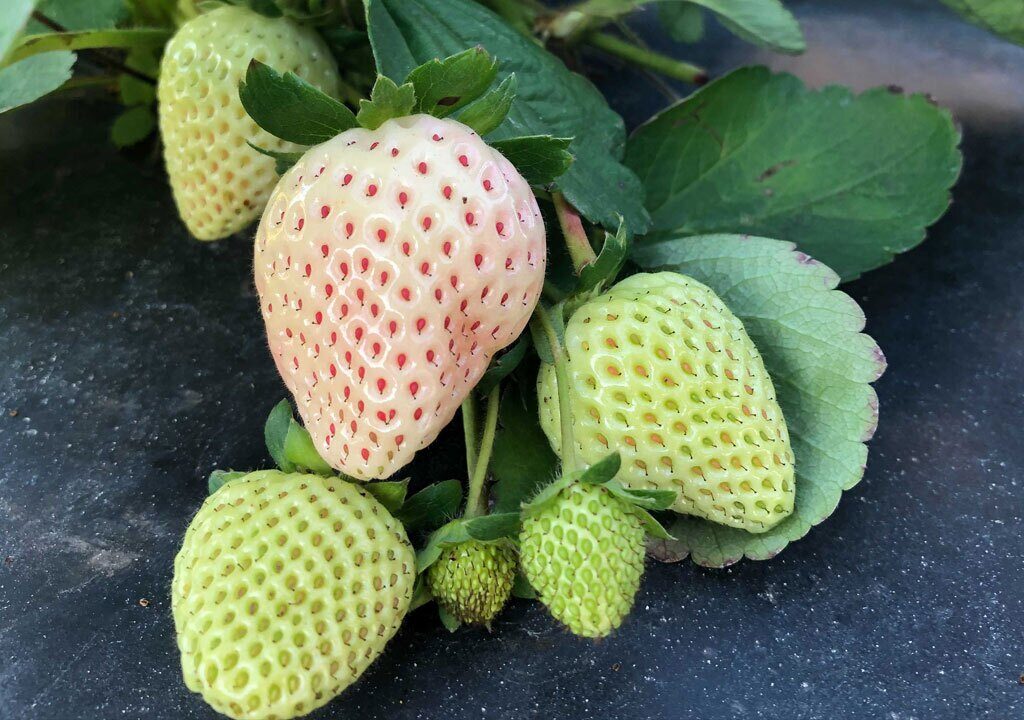
Harvesting White Strawberries (Pineberries)
- Pineberries ripen from late spring to early summer, depending on your climate.
- They turn from green to pale white or pink with red seeds.
- Unlike red strawberries, white strawberries are ripe when fully white or pale pink, so avoid waiting for color changes typical of red varieties.
- Pick berries gently to avoid bruising, and harvest regularly every 2-3 days for the best fruit quality.
Growing Pineberries in Containers
Pineberries are well suited for container gardening, making them perfect for patios, balconies, and small spaces.
Tips for container growing:
- Use a pot with good drainage holes.
- Choose a container at least 12 inches deep and wide.
- Use a high-quality potting mix and maintain consistent moisture.
- Fertilize regularly since nutrients leach out faster in pots.
- Protect containers from extreme temperatures and wind.
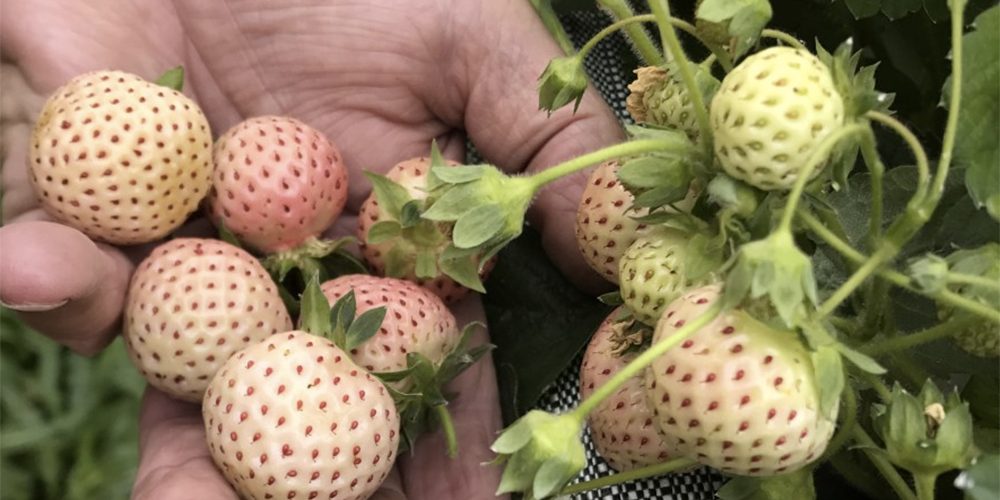
Common Challenges and Solutions
| Problem | Cause | Solution |
|---|---|---|
| Poor fruit production | Lack of pollination | Plant pollinator-friendly flowers nearby; avoid pesticides |
| Yellowing leaves | Overwatering or nutrient deficiency | Adjust watering schedule; feed with balanced fertilizer |
| Powdery mildew | High humidity and poor airflow | Prune to increase airflow; apply fungicidal spray if organic |
| Slugs and snails | Moist conditions and debris | Hand-pick; use organic slug bait or barriers |
Propagating Pineberries
To expand your patch, you can propagate pineberries through runners:
- Identify healthy runners in mid to late summer.
- Peg them down into new soil pots or garden beds.
- Once rooted, sever the runner from the mother plant.
- Transplant to permanent locations in early spring.
Storing and Enjoying Your Harvest
- Fresh pineberries are delicate and should be eaten within a few days.
- Store in the refrigerator in a breathable container.
- Pineberries can be used in:
- Fresh fruit salads
- Desserts and jams
- Smoothies and beverages
- Garnishes for cocktails or cakes
Final Thoughts
Growing white strawberries, or pineberries, at home is a delightful and rewarding gardening adventure. Their exotic flavor, charming appearance, and relatively easy care make them an excellent addition to any fruit garden or container collection.
By choosing the right variety, providing good soil, ample sunlight, and consistent care, you’ll enjoy a bountiful harvest of these rare and flavorful berries season after season.
Ready to give your garden a deliciously unique boost? Start growing pineberries today and savor the sweet taste of success!

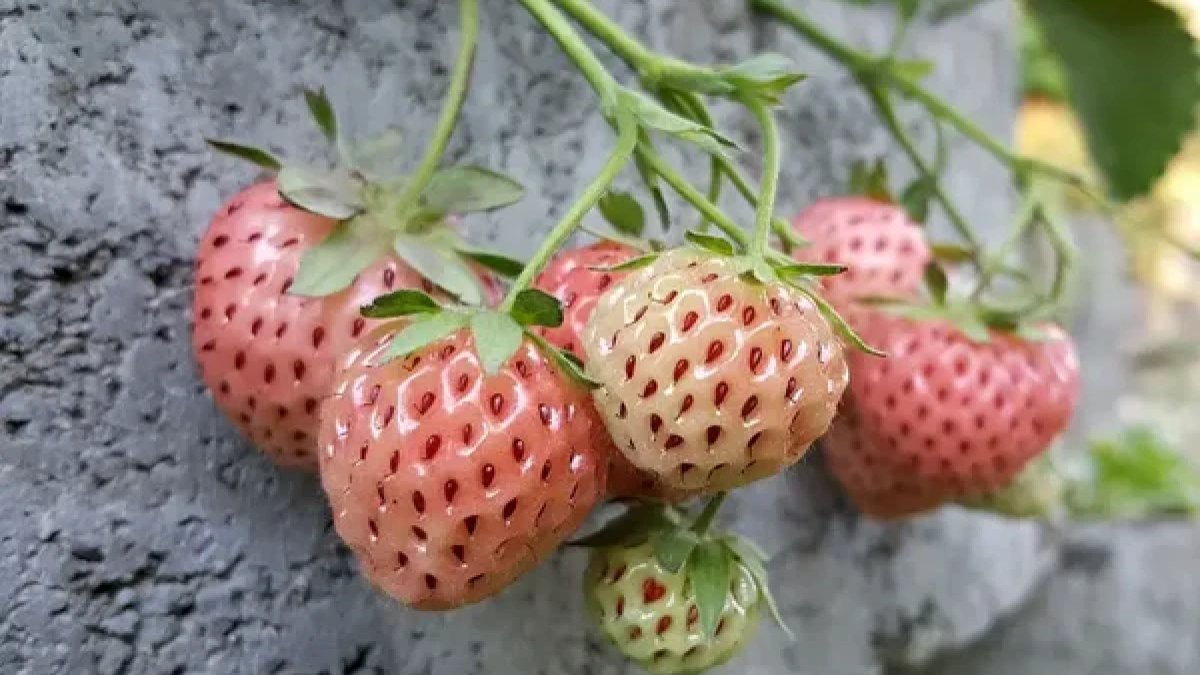




Leave A Comment